The experimental fencing had gone up to keep the rabbits out, but the ground inside the conservation area at Yathong in central New South Wales had still been nibbled and munched bare.
“It was completely denuded,” says Prof Mike Letnic. “It was like a moonscape.” The culprit? Australia’s most ubiquitous marsupial: the kangaroo.

“There’s this perception out there that kangaroos are a native animal and because of that they can do no harm,” says Letnic, of the University of NSW.
But new research Letnic is involved in highlights a worrying trend for areas of Australia’s semi-arid interior that are being protected for conservation. Changing the landscape for livestock farming has given kangaroos an unnatural advantage, adding convenient watering holes and extra grass.
But crucially, Letnic says, the historic culling and exclusion of dingoes has seen the kangaroos’ natural predator all but disappear. “Across vast areas of the country, kangaroos have increased in number.”
The study, in the journal Global Ecology and Conservation, looked at three conservation areas in NSW and one in the central east of South Australia. For the research, areas were fenced off in different ways to exclude only rabbits, or only kangaroos, or both. This allowed the researchers to see the different impacts of rabbits and kangaroos on the vegetation and the condition of the soil.
Dr Charlotte Mills, the lead author of the study and visiting fellow at UNSW Science, says past research has focused on the impact of rabbits, but much less was known about the impact of kangaroos. “Rabbits and other introduced herbivores like goats are often considered the main contributor to overgrazing in Australia, but we found kangaroos had a greater impact on the land, and on the grass in particular.”
The areas open to kangaroos had less vegetation and fewer species of plants and the soils were poorer and more compacted. Rabbits also had a detrimental impact, but it was less severe. Letnic says: “Overwhelmingly the effects we saw were the effects of kangaroos.”
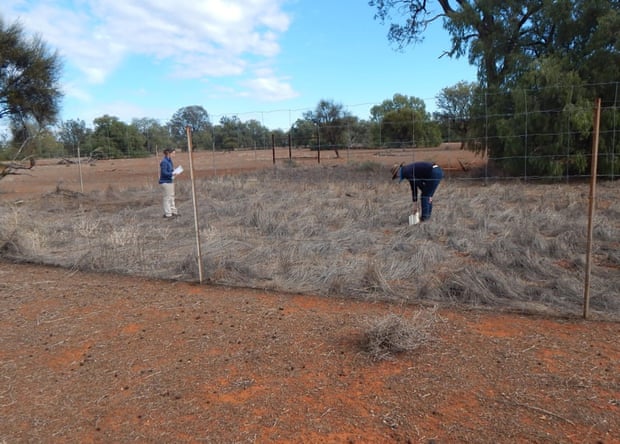
The problem is likely to be far more widespread, the study says, and grazing by kangaroos “may jeopardise conservation efforts across a large region of semi-arid Australia”.
‘When the grass is gone, so are they’
Graeme Finlayson is a rangelands ecologist at Bush Heritage Australia, which manages one of the reserves examined in the study – a 63,000-hectare former sheep station at Boolcoomatta in South Australia. “There’s areas that should have had native grasses, but it was just dirt,” he says. “Grasses are important for the native species that we’re trying to protect.”
One of those species is the critically endangered plains-wanderer, an elusive ground-dwelling bird only found in Australia. “They need the grass for food and shelter from predators,” Finlayson says. “It’s the same for other native creatures: when the grass is gone, so are they.”
As part of the study, researchers found densities of kangaroos in the conservation areas were as high as 145 animals per sq km. Numbers estimated for Boolcoomatta were lower – just above seven per sq km – but Finlayson says they can boom to 30 or more.
Bush Heritage Australia has worked to decommission the old watering holes on the property to keep kangaroo numbers down. It helps, but is not enough.
“We don’t have a one-size-fits-all solution, but we know [kangaroos] are a good source of food,” Finlayson says. “But some people don’t like that we eat them. There’s going to be a lot of decisions that need to be made that will be hard for people.”
The kangaroo dilemma
Problems of native animals booming thanks to human intervention aren’t unique to Australia. The killing of wolves in North America and parts of Europe helped deer populations to grow.
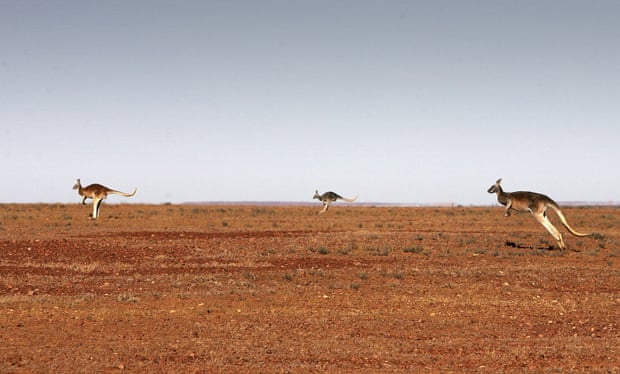
“It’s a parallel situation,” Letnic says. “Because of the uniqueness of the Australian fauna, we are blind to the problem. We don’t want to think about it. It’s a complex issue but we have to start asking questions and finding answers.”
According to estimates compiled by states and reported by the federal government, there are an estimated 42.7m kangaroos in Western Australia, NSW, Queensland and South Australia.
Graeme Coulson, an associate professor at the University of Melbourne, has been researching kangaroo ecology since the 1980s. He agrees with Letnic that a major factor helping kangaroo numbers to grow is the absence of the dingo, but reintroducing the native canine is incompatible with farming.
Coulson says there urgently needs to be a national approach to managing kangaroo numbers to protect conservation efforts. “From a conservation point of view, there is now this increasing awareness that kangaroos can have quite big impacts in these conservation reserves.”
Each year, states set a quota that can be harvested for the kangaroo meat and leather industry. But the industry doesn’t kill anywhere close to the quota. In 2019, for example, the government data shows a quota of 6.2m kangaroos was set but 1.57m were harvested.

In South Australia, government data shows harvesting has not come close to the quota since the mid-1990s. Coulson says that is generally the pattern across the country.
One of the country’s biggest kangaroo meat producers is Macro Meats. Company founder Ray Borda, who is president of the Kangaroo Industries Association of Australia, says one reason harvesting has not met the quota is simply that it’s a tough job. “They’re out there dealing with the elements and they’re not always kind. Besides that you have animal activists that don’t help us either.”
Borda’s business processes about 6,000 kangaroos a week for meat and leather, and he says prices for kangaroos are going up, which should encourage more people into the business. But the public conversation about kangaroo harvesting is difficult, he says. “Some landholders say shoot the lot and opponents say you shouldn’t shoot any. You have to tread that line.”
Coulson says that with the dingo mostly gone, the shooters and park rangers are acting as the defacto predator for the kangaroo. “What’s missing is the dingo and Indigenous hunting. That, coupled with the provision of agricultural water, is what’s allowed the kangaroo to get up to the numbers they have.”
Coulson says the rising numbers of kangaroos also creates an animal welfare issue. The numbers boom during wet periods, but when the landscape dries out, farmers also have to contend with high numbers of dying kangaroos, he says. It means the situation “is a mess” because while NSW has a kangaroo task force, there is no national equivalent.
“It’s a big issue, and it is not being answered by commercial harvesting.”
This article was first published by The Guardian on 5 February 2021. Lead Image: A western grey kangaroo. ‘There’s this perception out there that kangaroos are a native animal and because of that they can do no harm,’ says Prof Mike Letnic, who is studying kangaroo grazing’s impact on land. Photograph: Mike Letnic.
What you can do
Support ‘Fighting for Wildlife’ by donating as little as $1 – It only takes a minute. Thank you.

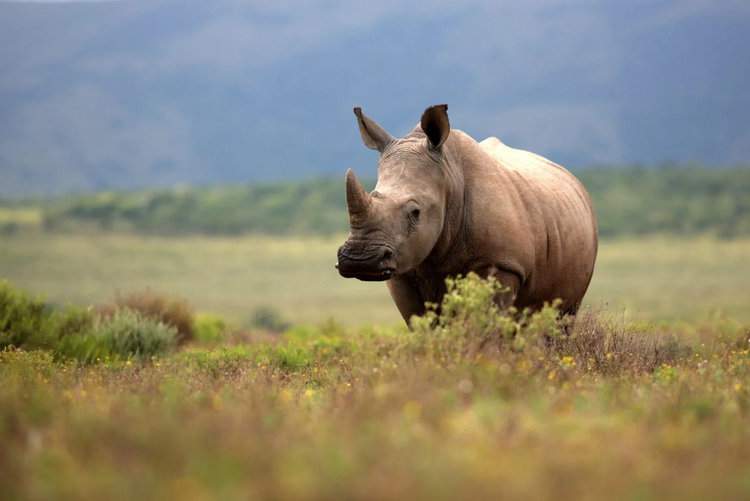
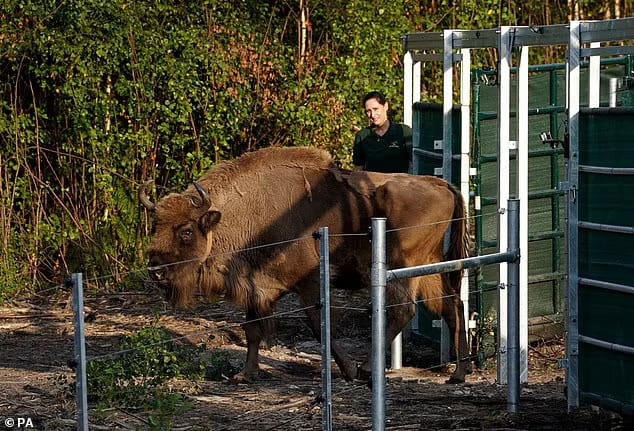



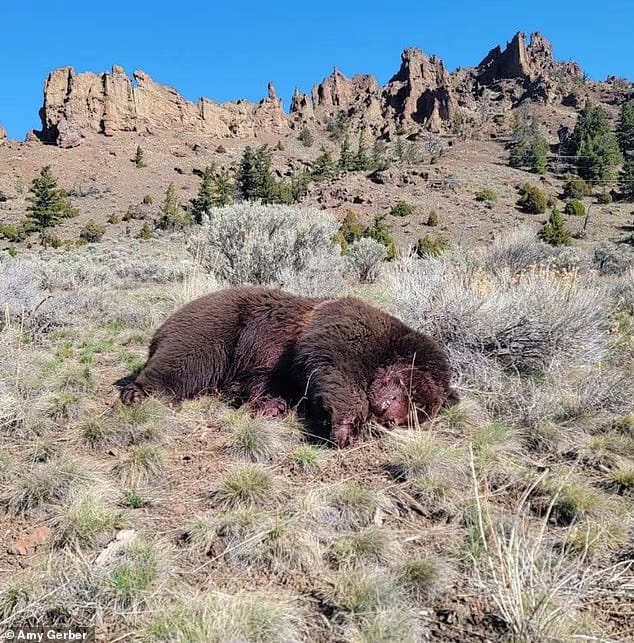
Leave a Reply